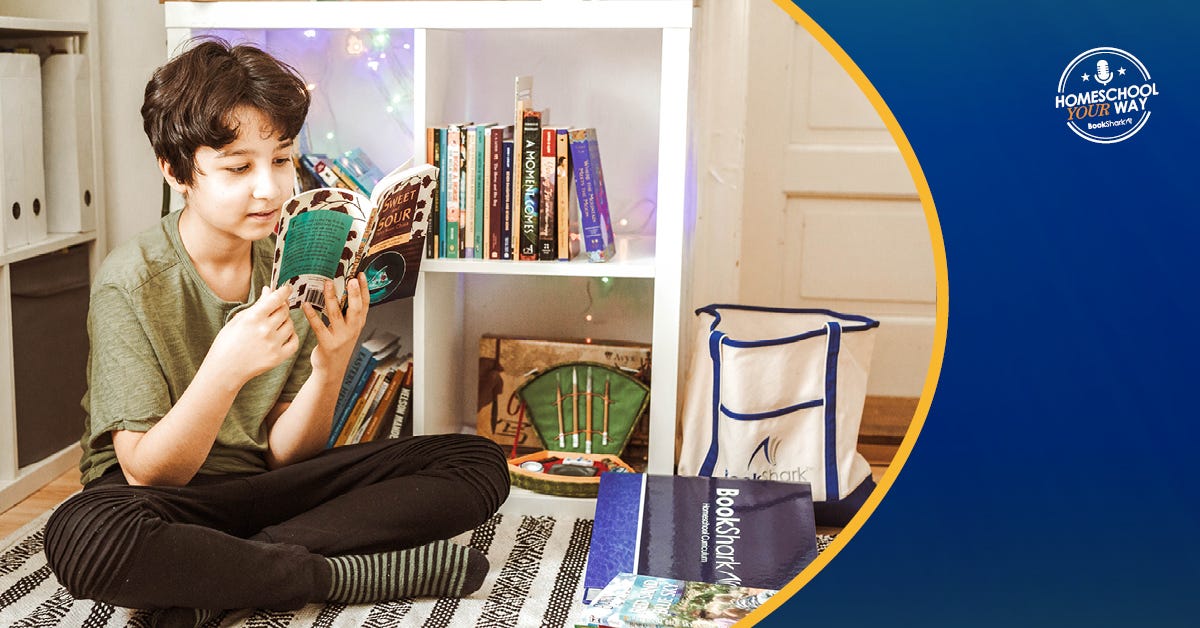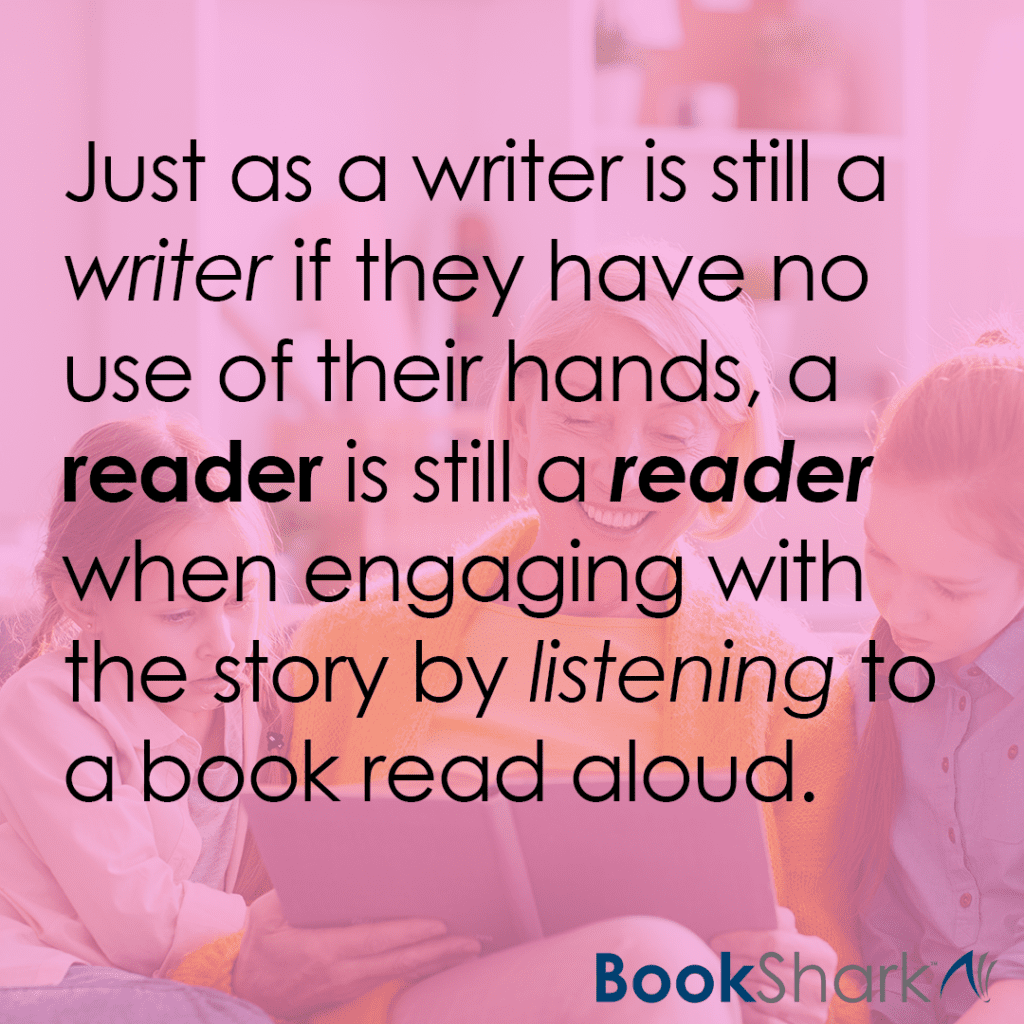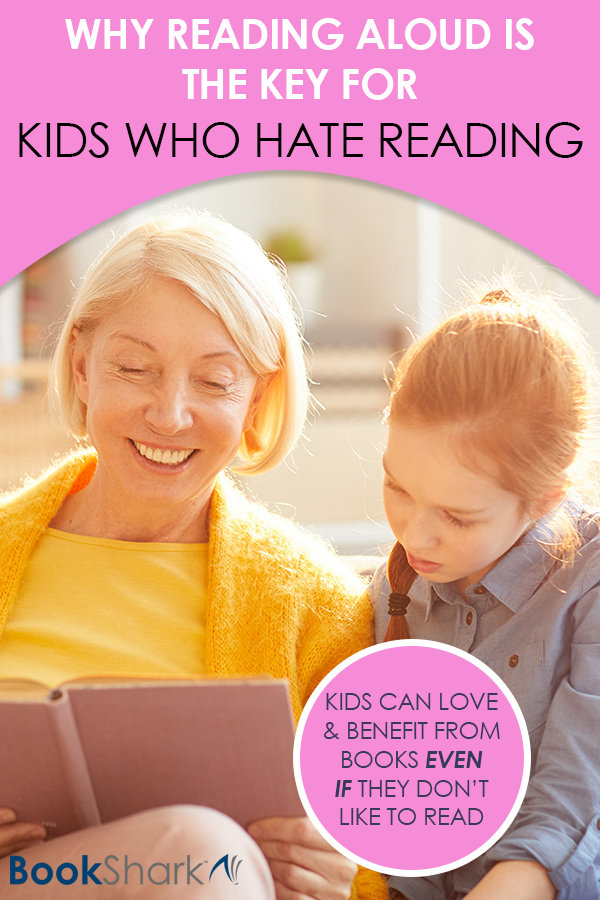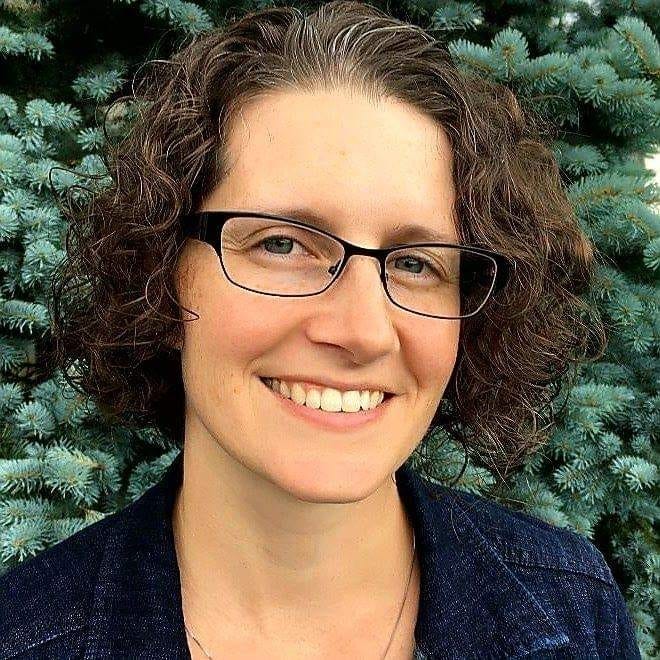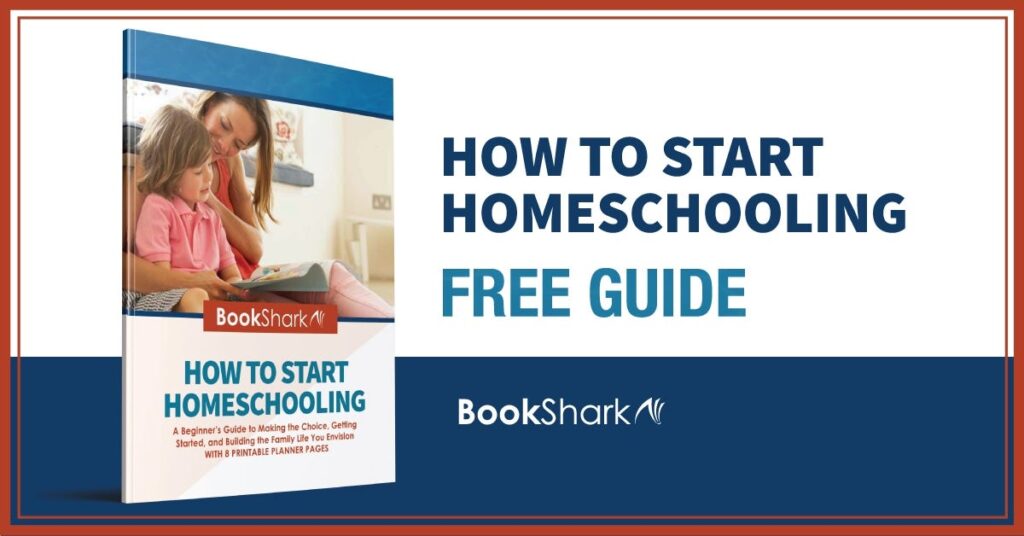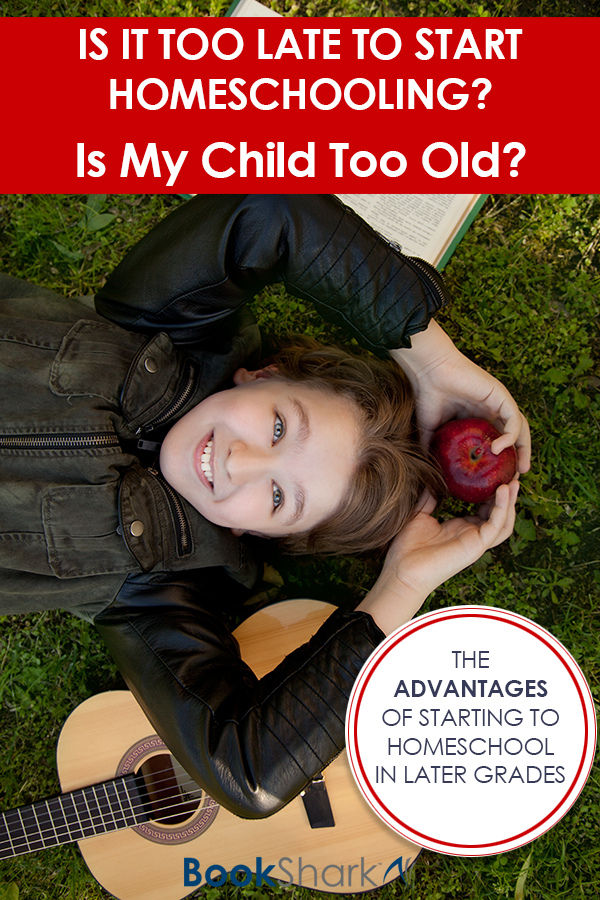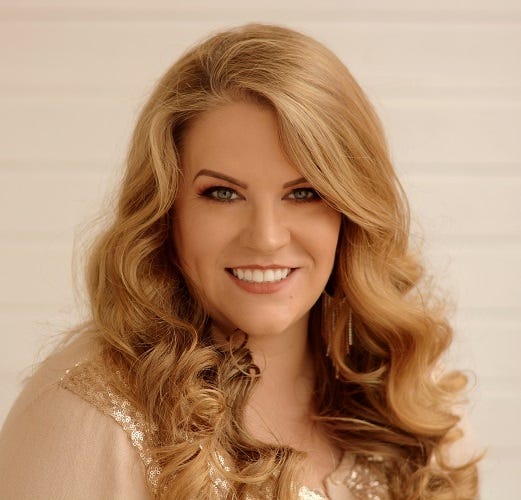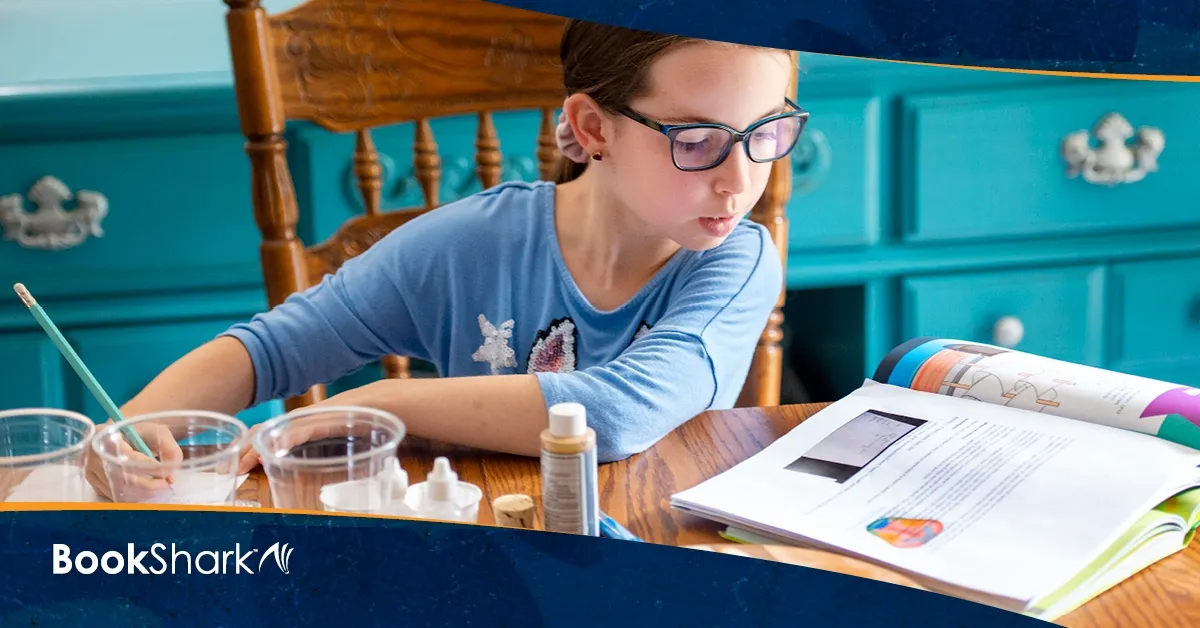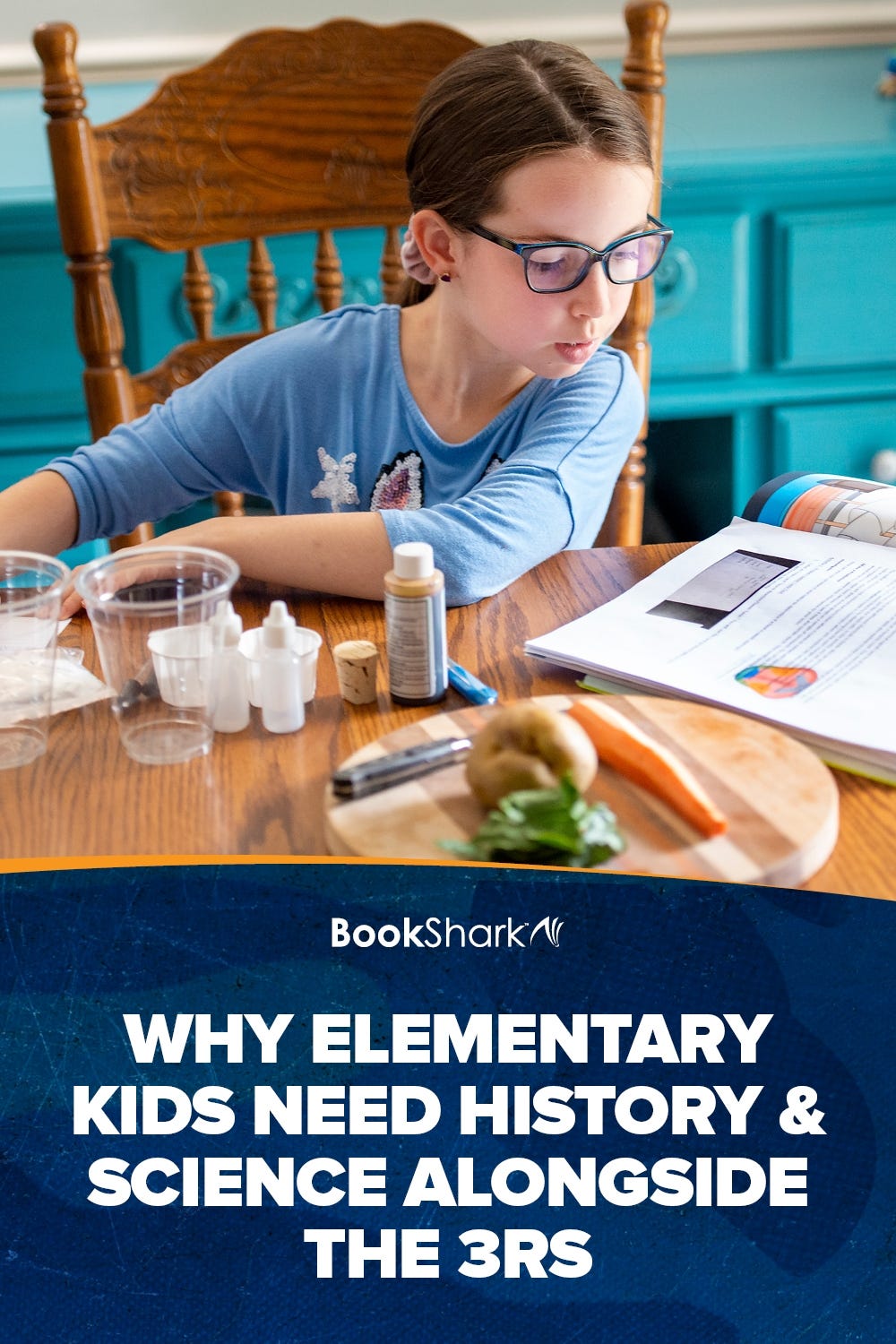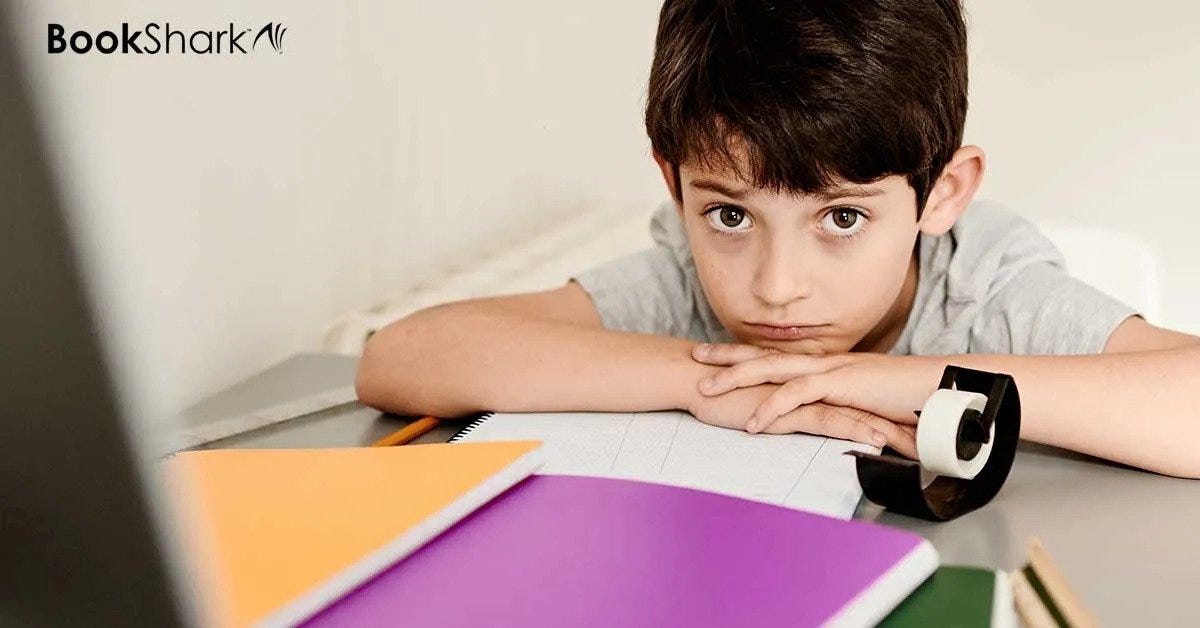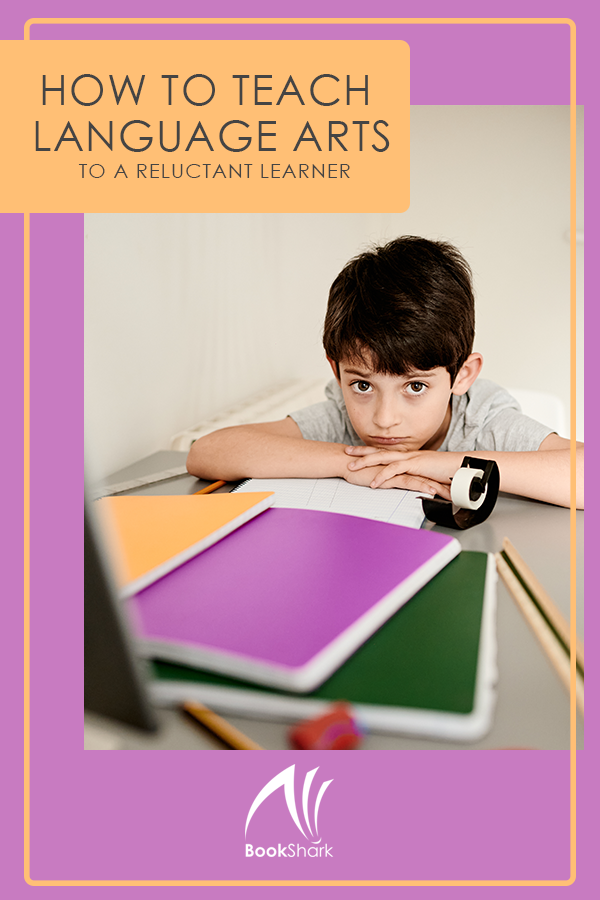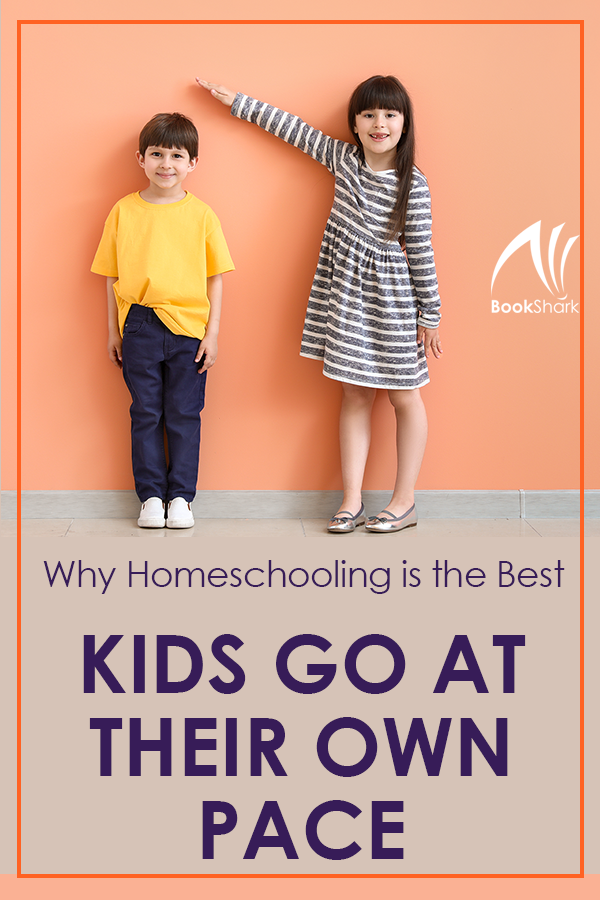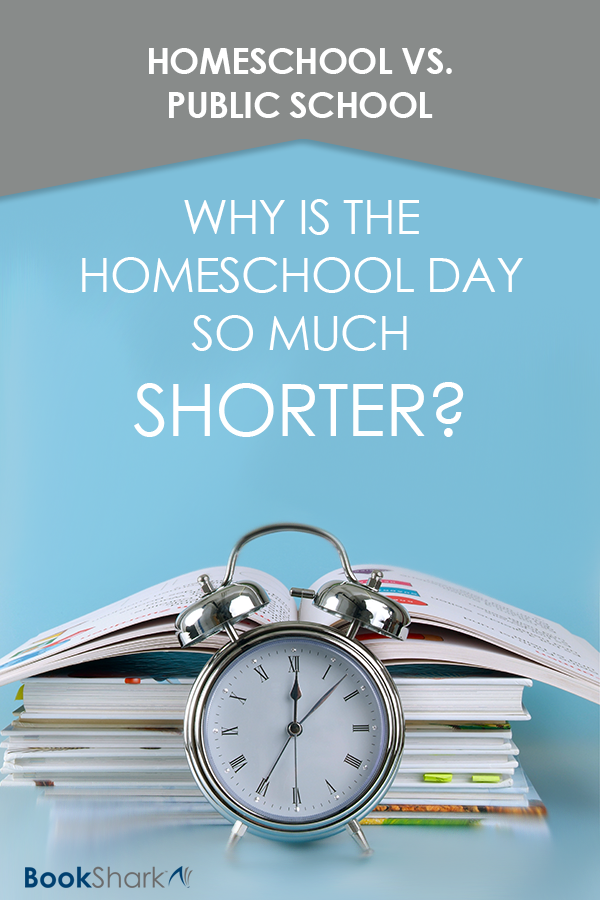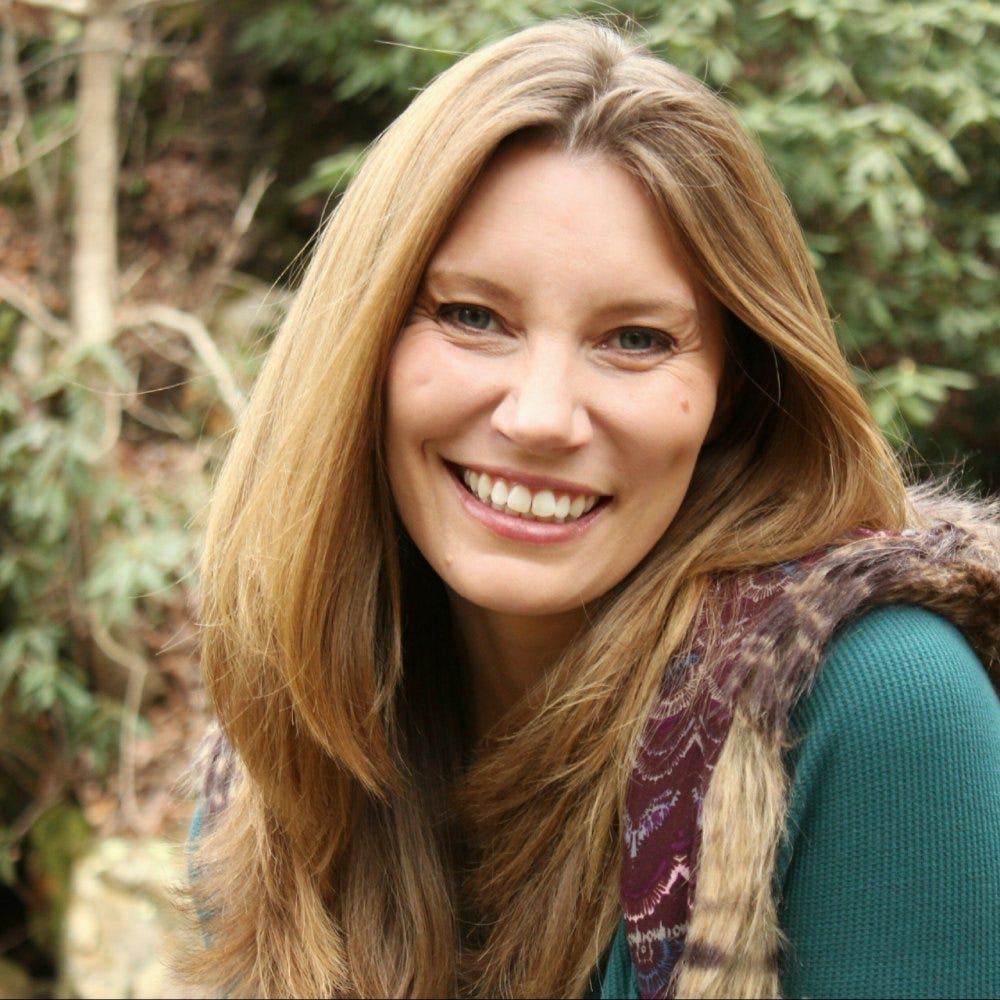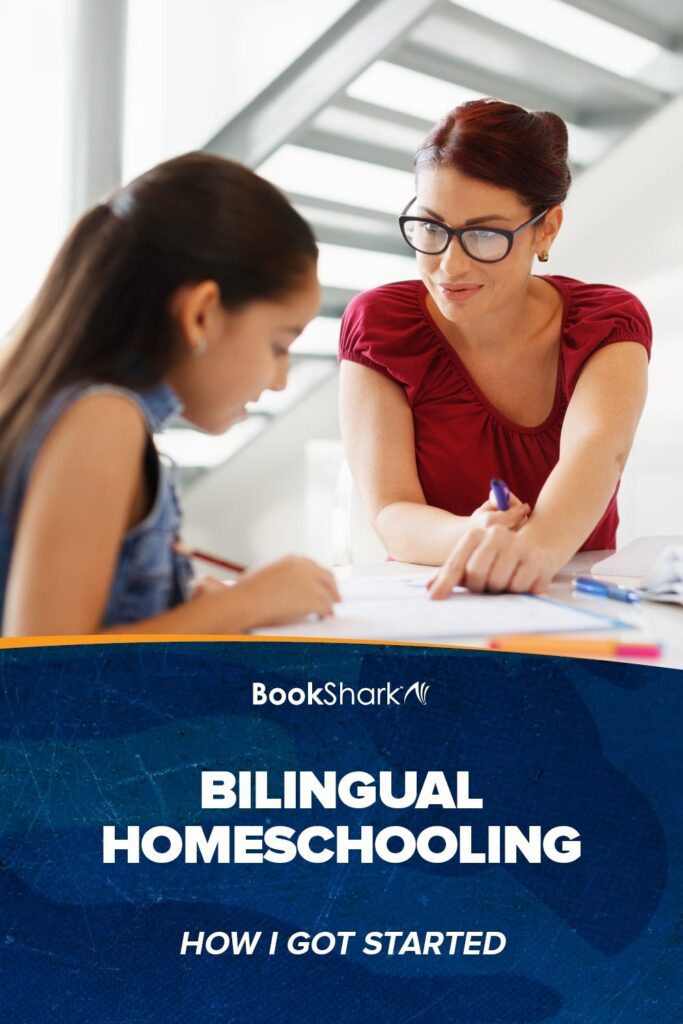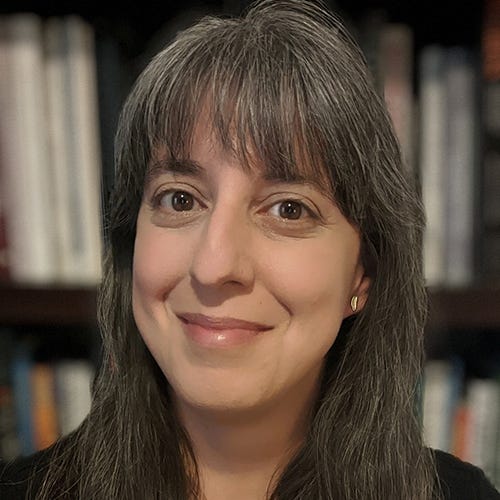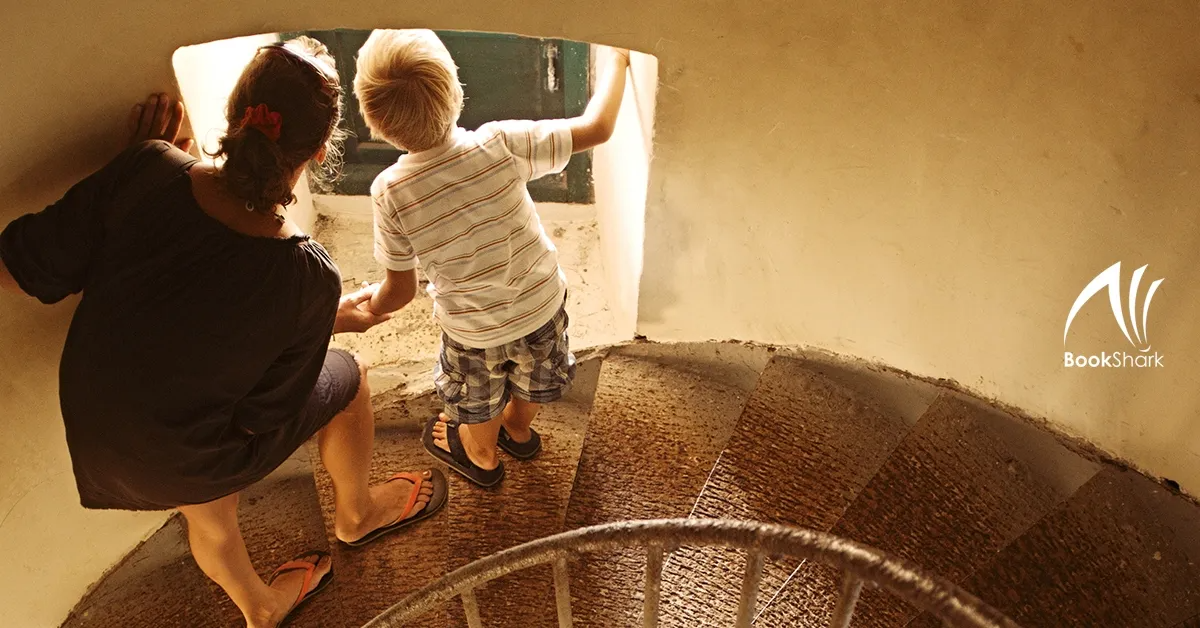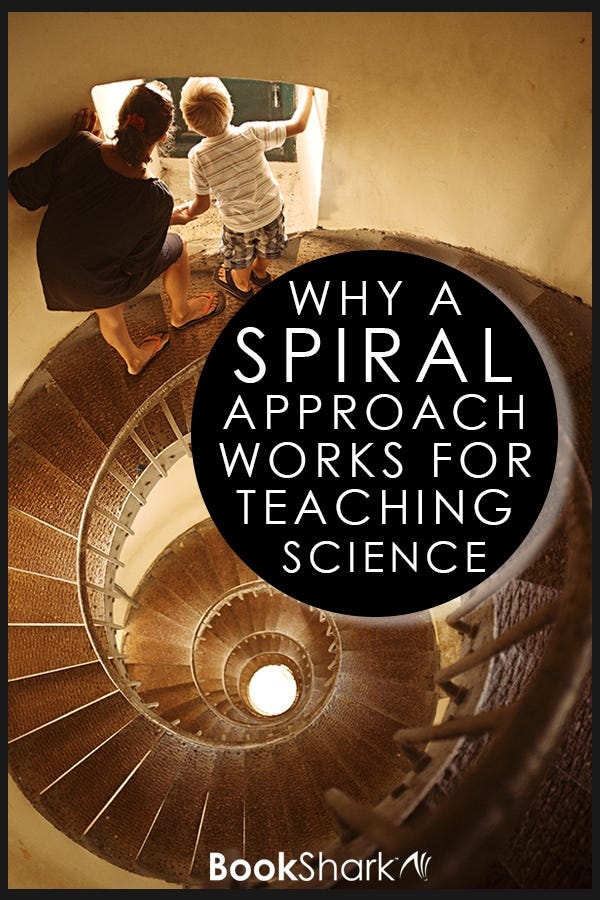It’s all about BookShark this episode! How it started, the process behind it and more.
Join Janna Koch, BookShark’s Community Manager and her guest Greg Thewes, Executive Vice President of Inquisicorp as they chat all things BookShark. Learn about how the brand began, why the name and all the behind-the-scenes in between.
Podcast Transcript
Janna (00:36):
Welcome to Homeschool Your Way. I’m your host Janna Cook and BookShark’s Community Manager. In today’s episode, my guest is Greg Thewes. He’s the mastermind behind BookShark. We’re going to be taking a behind-the-scenes look at how BookShark was created and why. And for those of my listeners who are maybe 40 and older, if you can envision when MTV used to actually play music videos, they used to have an amazing show called Behind the Music. So we are going to go behind the scenes of BookShark. Let me introduce you to Greg. Greg, thanks so much for being here.
Greg (01:08):
Oh thanks, Janna. That is funny because I am one of those people that remember Behind the Music when, as you said, VH1 used to actually show videos. So I remember the good old days.
Janna (01:21):
Yes. Now you can still watch music videos but it’s just not on the actual television.
Greg (01:27):
It’s not on television anymore, it’s YouTube and typically it’s my kids pulling it up, not me. Because I wouldn’t even know what songs to watch videos for. So yeah, now it’s all on demand. I would’ve loved that back in the day, pull up any video I wanted anytime I could.
Janna (01:42):
But if that was the case then BookShark may have never been created because we had extra time back in our day.
Greg (01:49):
Exactly. There was nothing else to do. So in the meantime, we recorded it on our VHS and watched it over and over again from the week before. So yeah, I wouldn’t have time to do this if I could readily pull it up on my phone.
Janna (02:01):
Well BookShark has been around now since 2014.
Greg (02:06):
14, well technically 13 was when we started developing it.
Janna (02:10):
Okay. So in the last almost then 10 years hundreds of thousands of people have heard about BookShark. We have families who have been faithfully using it from its inception. I myself am in year seven so I am super excited that I was not quite at the very beginning but am a faithful user of BookShark in my own home. Let’s talk to our audience a little bit about how you even came into the homeschool environment.
Greg (02:39):
Sure. First I’ll make a quick comment on two things you said about people using it for years. Our very first customer still uses BookShark actually she set up our Facebook called Homeschooling with BookShark. She doesn’t admin it anymore but she started it. So it’s just so funny how people can stick so long. And the reason why we created BookShark, we’ll get that into that minute, was for the school you attended, Cloverleaf. So I mean just by chance we’re sitting here because you knew of us and you were using us, but it is funny, the reason we started is that the school you attended where you got BookShark.
Janna (03:12):
It’s amazing how things come full circle. Okay. So my personal connection to BookShark is that I was connected with a school district that happened to carry your product. What is your personal connection to BookShark, Greg?
Greg (03:24):
My personal connection is actually my children attended the same school that your children did because it’s local. My wife actually worked there, she homeschooled and then one day a week our children would go to school. It was an enrichment program where students would enroll, they’d get a free curriculum and then would have enrichment. So they would go to the school and they would, I’ll just give them the name, is Cloverleaf. They would go to school and do science projects and enactment plays, et cetera, stuff you can’t do at home. So it was a cool event for them, they could meet other kids who homeschooled. But my wife taught there and got to know the principal enough to where we hung out socially. And one night we were, I think it actually may have been a New Year’s Eve party, and she said that I wish I could get curriculums because curriculums out there are faith-based and we can’t use faith-based.
(04:11)
I wish there was and the few that aren’t, [inaudible 00:04:14]. So can you think of one? She knew that I worked for Sonlight and she said, can you sell Sonlight to us and remove the religious piece? And I said I could not. I said, what we can do is we can sell all the books that are part of the program and then the school encouraged parents to go out and buy the guide on their own. And the guides were $80 and go from free to 80 bucks, most parents don’t want to do that. We tried some creative ways to make it work and it just wouldn’t work. I mean you definitely have to remove faith material from what the school paid for. Across a few other schools that reached out to us, one from Hawaii, one from California that said, really cool if… Find a way to get us a curriculum because our parents love it, they really want it, but we can’t buy it from you.
(05:02)
So I went to management and said there’s an opportunity for us. There are a lot of parents out there who are struggling with a curriculum and want a good curriculum and I think that we can serve them. To do that, we’d have to create a new one, a curriculum based as much as we can on the existing Sonlight product, but remove all the faith-based materials and references and even a little bit of the political bit that is in and scrape it.
copy
Janna (05:26):
Now, when you were presented with this opportunity, did you hesitate at all or did you know right away that this was going to be the next big thing in homeschooling?
Greg (05:37):
She told me that she needed something and I saw the size, the size was a decent size and I knew how many students there were roughly because my wife taught. She told me roughly how many courses there were or how many teachers there were, how many students were in each class and how many days they had work into. I’m like, that’s a good number of students. So just in itself it would’ve paid back what we were doing, but I wouldn’t have done it just for that. So I started looking at customers, people who had called us in the past and we said sorry.
(06:07)
So I went to our CR team and said, “Hey, I often do these happen, do you still have names?” And I started looking at the schools and see how many students were enrolled into those schools and I’m like, we have to do this. So I would say not immediately when she brought it up, but my wheels already turned in saying, you know what? I think this opportunity already exists. If my wife had not worked for that school, BookShark may have never started.
Janna (06:33):
Now professionally, are you a big picture thinker up unto this point you’re working in finance. So what is your background in business that gave you the confidence to say this is a big yes.
Greg (06:46):
I would say it’s just, it’s always been I’m more on the entrepreneurial bench. Right out of college, my first job, my boss who here got this little punk, 22 year old coming in and saying, your systems are too old, you should be updating these. And usually you get fired for something like that. But he liked it and I implemented a new accounting system for him. From there I went to my next job. I was in accounting and it was frustrating me that we weren’t growing. It was a restaurant well-known restaurant brand actually, it was Winchell’s Donuts. We had thousands of locations, we were international, but we hadn’t really been growing at a pace I had hoped to grow. And I made enough comments when the VP of development who led franchising and new store growth, when he was promoted to president, he asked if I would step in for his job. So now you got this little 28-year-old punk [inaudible 00:07:38] manage things. And then we started getting new stories. So opportunities on, I saw how well Subway was doing. I went and met with Subway franchisees and I went to a few Wenchell’s franchisees and said, what can we do differently? And we started growing again. I have a little more of an entrepreneurial bit.
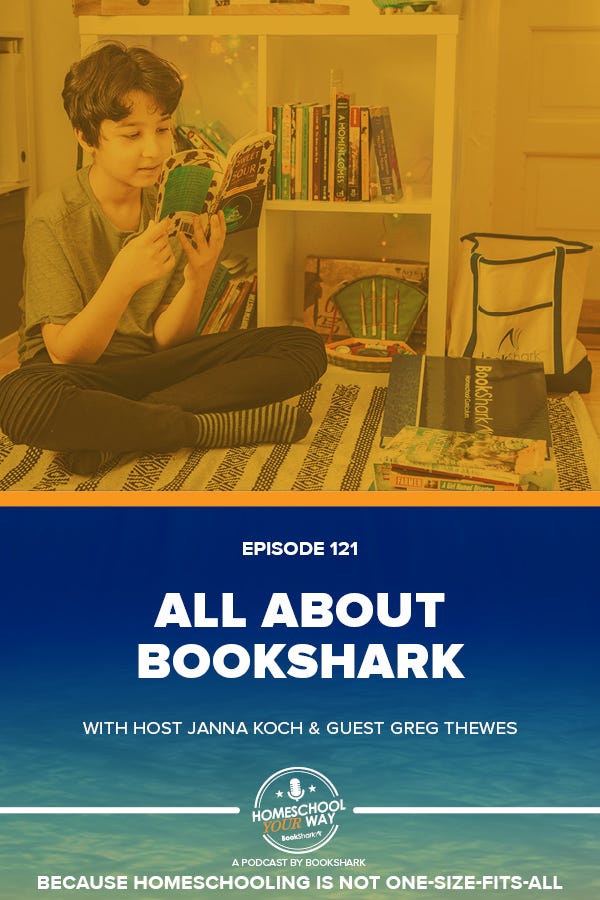
Janna (07:55):
I do love how you’re demonstrating for people to understand that here you have a background in finance, which a lot of homeschool parents would view as math, heavy math and possibly uncreative. And yet here you are breaking the social norms to have a background in accounting and yet really wanting to be creative and create new things and not just do it the old way.
Greg (08:19):
It’s one of those things when you look back and you go, gosh, I picked the wrong degree, that’s not really what I was supposed to be doing. But at the same time it’s good have an accounting background when you go into I think any business field. And so if there’s anyone out there whose kid is who’s getting ready to go to college, quote unquote, I want to go in business. Well, business is still wide, there’s management, there’s marketing, there’s economics, finance, accounting, et cetera. There’s so many different routes to go and I would recommend accounting no matter what they want to do because having that understanding of numbers makes any initiative you make for a company you eventually go to, I wouldn’t say it’ll impress your first managers, but it will give more respect to what you’re doing because they’ll know that you understand the entire flow if you know what the end result will be.
(09:04)
So even if you don’t have a math brain, you know don’t think that way. If you can make it through accounting, even if it’s a minor and understand how the numbers work. If you’re in marketing before you invest in a new campaign, you would say, you know what I’m looking at doing this new campaign. And then you would, from an accounting mind, you would probably do a little more research and you’d see how much it would cost to create that campaign. You’d say, can I get the number of customers to pay for that campaign? And then you would move forward and do that campaign or stop it, which is just as valuable as doing it is if you don’t, it’s not going to pay back. So even though I think accounting really wasn’t my… I’m really glad I did it. Really glad. BookShark would not exist if I didn’t have an accounting background because I would’ve ownership to approve it. They had to see that the numbers were there and what it would take to eventually work.
Janna (09:54):
So just like anything, the bottom line is the money, Greg.
Greg (09:58):
The bottom line. The bottom line is very important. But there’s also the vision. Our owners would not have gone for it if it was purely just money. They truly believe in their curriculum, they wanted to reach families that they couldn’t reach. So it was a great opportunity for their approach. And so knowing that the way that they teach would be able to go to people they couldn’t reach was very important to them. And when they saw that vision, they jumped on board.
Janna (10:26):
I do love when I get to talk to new parents, new customers who are even on the convention floor thinking about BookShark, giving them that background that hey, yeah, we’ve been around for 10 years but our methodology and philosophies have been around for 30. The benchmark of college graduates behind the way that we teach through our curriculum. It definitely helps for people to know that this isn’t just some feel good cute name idea, that there is solid scientific evidence and numbers to back up how we present our material
Greg (11:00):
With the number of books you read, the conversations you have, the way you interact with the way you interact with your parents as they’re reading aloud to you, the way you interact your parents when they’re done telling a story or they’re done teaching a history course. I think that those grow communication skills and you really, it’s a great program to teach you how to communicate, build your vocabulary and learn how to read quickly.
Janna (11:25):
I think one of the biggest questions that people really want answered is, how did you come up with the name BookShark?
Greg (11:34):
So I had read that you need a k in your name. That’s the only one that comes off the top of my head. Facebook was one of the ones I remember being and then Shark had a k. So I probably took it to the next level. So I’m probably more literal than most people. I’m not a, how in the world does [inaudible 00:11:59] have anything to do with the internet? How does Amazon have to do with, they started with books and now they sell everything. When in the world’s Amazon have anything to do with that stuff. I’m more literal. And so the few names I came up with, I was like, it was all book, read, learn. And I know a lot of people were like, that’s too general, it’s too late. So I was talking to a friend of mine about Shark Tank and actually our owner as well, I’ve always told her about Shark Tank, oh you should see this episode.
(12:31)
So Shark started catching on and it just turned into BookShark. And the funniest thing is our entire company hated it, the only person who did it was our owner. Everybody else hated it. They thought it was dumb. While I was walking through the office, while it was being developed, they’re like little dolphins around, little fish around just mocking the name. So I’ll never forget that there was a piece of me going, gosh is this that corny that this was a name I wish to never pick, but I don’t know, I like it now. And I think that stigma’s gone.
Janna (13:05):
I agree. What were some of the names that got left on the cutting floor? I think I had heard once Moose, Moose something was that one of the animals?
Greg (13:16):
I do think Moose was one of them, but it was mostly learn read. It’s hard to pick one. But it’s so funny you think that out all things to do, picking a name is hard. It took weeks. I wasn’t day in, day out, 40 hours a week trying to come up with the name, but it took weeks for something to pop that it’s finally, this is the one.
Janna (13:39):
Well when you think about when we’re naming our children right as parents, there are some people who just know what they want to name their kids and it’s a name that either it’s a family name makes it a little easier or it’s a name they’ve known from years before. Oh that’s what I want to name my kid, but I don’t know about you and your wife, but my husband and I really struggled and then we found out we were having two at once. It wasn’t just double the work, it was like quadruple the work because we had to figure out the first name, the middle name. Now there’s two of them. And so it really is, I mean there’s just something about a name that really BookShark at any other name, I don’t know. What does Shakespeare say A rose by any other name, would it smell the same? We do have in our society this connection to names.
Greg (14:25):
So true. It’s a good analogy. Naming your kid. And we were the same way. It wasn’t just boom, boom, boom. It was what about this, what about this, what about this? And funny enough, all three of my kids have a k in their name so there’s something to that.
Janna (14:41):
That’s right. We’re going to do some research now about the k in the names and
Greg (14:45):
That’s probably changed by now. Now it’s probably something to avoid.
Janna (14:48):
I’m sure like everything in one day and out the other.
Greg (14:51):
Out the other.
Janna (16:55):
Greg, let’s talk about when you first came up with the idea and you talked about the development that it went through and then now it’s a product. What was your hope that first year?
Greg (17:09):
Well, I had a number that I provided our owner and said, Hey look, this first year I think this is what we’ll do and as time goes on this is what I think it’ll grow into. And so I ballparked in the number of customers it would take, the number of students enrollment it would take to get to that number. And it’s so funny when on day one when you launch the site, I probably hit refresh 500 times that day and we had built it up on Facebook. Our first day was on June 1st, 2014 and we had our Facebook up somewhere around late March. And so we were already marketing for, kind of doing a countdown, and there was a lot of talk on the page and I’m going, oh cool. [inaudible 00:17:55] I don’t think we got an order. I think Lori placed an order that night and I was like, oh gosh, we’re actually, this is going to work but people out there really are going to buy. But I have a number my first year and we had done that number. We launched June 1st, we had already done that number by July 15th. Tripled the number that I had hoped to do the first year. So there was a good demand for it. I knew it was out there, I just didn’t think it would come that fast.
Janna (18:22):
Now when you launched your ideal customer was a school, was a government entity, what was your vision? You created it for a co-op. Is that what you were hoping for as it went out into the market?
Greg (18:40):
I mean we knew there were schools. I knew of about 10, the 15 in California, I know a few in Washington, I knew in Alaska and elsewhere. And then this one, excuse me, they were in five in Colorado and I physically went to every one of those and pitched it. So I knew those five schools would buy. I knew potentially one in California potentially was in Alaska and potentially ones in Hawaii. My assumption was it would be them, but I also knew that the general public wanted a secular program. So I thought maybe one or two of those would buy it and then the rest would come from schools. But there was a greater demand than I thought in the general homeschool market now even more than it was back in 2014 where people who were just looking for secular curriculum. I’d say all walks of life have benefited from own program. Just truly neutral.
Janna (19:30):
I would agree. In fact in this last year being on the floor at these conventions around the United States, I have talked with Muslims, I have talked with Buddhist, I have talked with Hindus and it’s so neat to be able to touch different cultures and different ideas, especially because homeschool itself in the 70s and 80s really was more of a faith-based community. And as it has grown in exponentially, especially since 2020, but even before 2020 it was gaining traction. It was growing for sure, but now we have this opportunity to have a worldview that wasn’t there before.
Greg (20:10):
And it’s worked out well. Like I said it even in Christian circles. But because we remained neutral, which was from the beginning, how do we go with this because we remained neutral and we just avoided faith [inaudible 00:20:27], anything that could be viewed as, have a stigma either way. We knew that if we had touched origins on either side saying that there was a God, would we just magically appear with there a bang, whatever it may be. We didn’t see any benefit in that because that’s more personal at home. And we knew that if we could do this then just like what you said, absolute families that didn’t have a lot of faith-based part of their lives, they could all benefit from that. And if they had something specific that they wanted to cover, they could cover that. And so it’s been embraced. It’s funny, the first year a lot of people thought the BookShark was going to be sheep in wolves clothing and oh we’re going to get your kid. We intentionally did not. We wanted to steer away from that as much as we could.
Janna (21:11):
I love that BookShark came to the homeschool community in a time where I think people were looking for a place for inclusivity. They were looking for a place to belong because there was so much faith based curriculum that’s really well written and is solid and is good. It was encouraging at that time that you knew you could pick a curriculum that would neither promote nor discount what you yourselves were believing in your home in teaching your children. And that is exactly what people have been looking for in 2013 and even now in 2022.
Greg (21:48):
Exactly. Nice thing is for BookShark when we started there just wasn’t a lot of that out there. Because it was secular did have a bent against, they almost intentionally had a [inaudible 00:21:58] against people with faith so it wouldn’t work for them. So now you have someone who like, well there’s no one out there at all who coincides with my denomination and faith and whichever Buddhist. Islam or whatever it may be. There was really nothing out there that fit everyone. Because I mean the last thing you want to do in any faith is have someone say there’s no God that would offend quite a few people. And that was really the bent of the few secular ones that are out there.
Janna (22:26):
It really cornered the market in this idea of neutrality. And I know when we talk about it with our customers, they really want an answer of for or against. And our common response and this is a response that we’ll stay with and it’s because it’s the heart of why BookShark was created, it truly is neutral. We will remain neutral so that as the parent, as the educator, you get to choose how you present those personal beliefs to your child.
Greg (22:56):
Absolutely, and that’s something we want to stick to. It’s an 80/20 rule. You’re never going to please everyone and that 10% on both ends of the bell curve and you just can’t please everyone and we don’t expect to. But we think with our approach, we appease more because there are more in that middle range that are not offended either way, but they would definitely prefer in their homes, they would definitely prefer to have the opportunity to bring it up. And I think it’s important for people, for children to know all sides of faith and whether you do or don’t believe in it and all the different kinds, there’s a lot of value in that. But you learn that through histor, so we don’t duck it in history if something happens, faith-based item happens in history, we’ll cover it from a historical standpoint without trying to advocate for what’s going on.
(23:48)
But the bottom line is in history, most of it is influenced by the different religions. So to pull it all out, if you had to service. It’s been difficult to walk that fine line because when you have something the Crusades, how do you cover the Crusades? The way that you ensure that you’re not going either way with the faith and who is right, who is wrong? Both, everyone’s going to have their own opinion on that. I think you just, you cover it the way that it happened. This is what happened. By covering it that way and like I said, I have [inaudible 00:24:23] staff, multiple religions. It really helps us on that end so that it balances it out. And if anybody gets tripped up, I they’ll bring it to me and nine times out of 10 I’ll say, cut it. Just don’t even cover it. It’s not like we’re not going to cover it 10 times in another place in the book.
Janna (24:40):
Yeah, I think it’s so important in our society and the heart also behind BookShark is to create critical thinkers. So we present the information, we let the parents add or subtract whatever it is that falls in line with their worldview. And then we are just facilitating this beautiful opportunity to create critical thinking for these children to then create their own opinions as they move out into the world.
Greg (25:09):
Absolutely. And that’s really where the neutrality exists. We prompt the question, we prompt an open-ended question when they’re open-ended. Now there should be far less offensive if it’s open ended and it says, what do you think about this? And now the opportunity for the child to interact with the parent and the parent can say, this is what happened from their own perspective. This is why it happened and this is what we think of it. It is truly neutral when you do it that way. Open-end questions, trying your hardest not to have any event to it. An open-ended question makes it a critical thinking decision. And like I said, it comes back to by having the critical thinking, you can also think of all sides of it. Really the learning comes from those open-ended questions. So we try our hardest to live there, open-ended as possible. Usually if it’s a fact-based question, yes or no or where to this happen, if we do that, it is just purely that Google answer they could talk about. It’ll be open and say during this time period or during whatever it may be. Those are the only time we ask direct questions.
Janna (26:17):
Good. Well the last thing that we have released recently is the BookShark Virtual. What was the brainchild behind that?
Greg (26:24):
Well, a lot of it had to do with, like you said, coming back with technology, but there’s also many schools, they need proof of work. Literature based is hard to show proof of work because the key to literature base is the communication I was talking about earlier.You read and at the end of it you have conversation and that’s how the program’s set up. Well there’s no proof of working there. How does the school know you actually read it? How does the school know you had discussion with your parent? And rightfully so, they want to confirm that the students are learning. So we had to come up with a way to do that. And so we create books charts, virtual to take those discussion questions turning into a way that can be graded almost like in a quiz format.
(27:04)
All of the planning et cetera is done. However, there’s no online work. You’re reading straight from books, you’re not on a screen. And that was important to us too. We wanted to make it so that kids were on paper, not on screens. We’ve been asked many times, we please add digital books either through Kindle or… Maybe, and people are free to do that if they’d like. But that’s not how we sell the product and we never, I’ll say it right now, we never will.
Janna (27:33):
You wouldn’t be true to BookShark if you did.
Greg (27:34):
We wouldn’t be true to BookShark that we did. So anyway, we’ve had schools already adopted, it’s been great. We’ve been piloting it and working with schools last year, this years the first year we went full in and we’ve had a great response.
Janna (27:45):
All right, Greg, before we go, we always like to share a homeschool or life hack with our audience. So what do you have for us?
Greg (27:51):
As my kids, as my grew older and your influence starts to fade away a little more and more as they get into the world, they get it onto their phones and they have friends outside and our kids all played sports and they get to know some of the kids in sports and some of them weren’t the best influences. What I came up with was I went to my kids and I told them, look, I know you’re going to make mistakes and mistakes happen and I’m going to give you this guarantee right now. No matter what you do, if you tell me you’re not going to get in trouble, if I find out I’m going to come down on you very hard. I know that my kids, there’s some accountability in it because they know they’re eventually going to have to tell me. So there’s some accountability in it.
(28:33)
But also if they do go down a funny path, you have that open communication right there where you can regain that influence and say, you know what? This is why you shouldn’t do it. And I know it because you want to do fit in, or it’s because it looks tempting and fun or you hurt as fun or you’ve seen it in a video game that was fun. These are ramifications for it and this is what you look like a year from now and three years from now and 10 years from now if you start going down that road. So yeah, I would highly recommend. No one likes to tell their kid they can get away with something. Secrets are probably the bigger danger than what they’ve done. So catch it early and if you can get them talking to you throughout their teen years and maybe even adulthood. I don’t know, maybe when they get the adults, I don’t want to know. And through the teen years, I think it’s very important. So try to try everything you can to keep that communication.
Janna (29:25):
Our daughters, they know that they have to, they’re not allowed to keep secrets, they’re allowed to keep surprises because when I started this when my kids were very little and so we really had to distinguish like, no, you don’t ruin a surprise. And that wasn’t a secret, it was a surprise. You’re allowed to keep surprises, but we don’t have secrets and it has served us very well. All right, Greg, as we are leaving, do you have some parting words for those who are listening? Maybe they’re interested in BookShark, we may have listeners who have been faithfully using BookShark, but maybe they want to know, are there things that are still being worked on at BookShark?
Greg (30:04):
Well, we’re excited right now. We are launching high school this year and we’ve been telling the market we’re going to launch high school now for at least six years. We’re going to launch it. We’re going to launch. There’s always been a hiccup. Actually, we did finally launch high school and the book we used to, we call them a spine, you know have a history reference book you use that you build your curriculum around them. Well, that spine went out of print and so here we go. We finally get it out. We finally to see we have high school and then it went away. And then you have the pandemic and the pandemic put our product development team all out to where they were, I wouldn’t say handcuffed, but they were, I’ll just be honest about the pandemic. Anybody who worked for the company was in the warehouse picking books or they were on the phone taking orders and dealing with the issues we’d be having by being so overwhelmed by calls.
(30:54)
So in 2020 I had a few people working on science as I could and a few hours they could squeeze into a month, but we basically lost that year complete. So we lost high school, I think in 19 we wanted to get it back in 20 and there was no way we were going to get back in 20 and then 2021, we were all just taking a deep breath and saying, okay, what are we going to do now? And so that year we just caught up and all the updates we had to make. And then finally in 2022 we can focus on high school and we have great writers on it. I think we have great books selected. I’m excited for it. The few people I’ve shared it with in the market, they’re beyond excited because one of the products we do have is history of science that can be used as a history elective.
(31:42)
History of science is a heavy course. I learned more from that program than anything we’ve done at BookShark. They go all the way back to the very first scientific item that from the moment that that was discovered, all the scientists who built upon it to get to the theory relativity, and it’s a high school level book I think. So high school students out there who want to go into STEM or want to go into science. [inaudible 00:32:10] wealth of knowledge and being able to learn about science. There’s a corresponding science program that goes with it that gets to apply everything that you learned. Technically when we’re done with government economics, we’ll have four courses and we’re really excited to get that started. I actually had a conversation with someone on Monday who told me the number of people from their high school who are excited to get it so
Janna (32:34):
Well, I know our customers are excited to hear that our high school is coming back and we appreciate their patience as we have worked through the pandemic like everyone else, but have been diligent to not only get it done, but to do it well. So it matches the quality of everything else that we have turned out thus far.
Greg (32:54):
Absolutely. We’re excited. We think that it’s going to be a great catapult if people want to go to college or not. They’ll have, we’ll have a literature based understanding of history, so they’ll have a lot of empathy of understanding what’s happened in the past. Whether they go to college, they have a great baseline, if they end up not going to college, they have a pretty strong understanding of what was going on. So when they have to look something up on Google 15 years from now, I’m like, when did this happen again? And they look it up, they’ll remember when it happened. They’ll remember all the circumstances around it, which is really what literature based curriculum’s all about
Janna (33:33):
And it’s what we love here at BookShark. Greg, thank you so much for coming on today. I know that our audience will really appreciate getting this behind the scenes look at BookShark and where it came from.
Greg (33:44):
Ah, thank you. Thanks for having me, Janna. It was a good idea to be able to hang out and talk. I’ve always talked about, Jan has been such a cool addition to the company because our department BookShark in general, we’re such a fun company.
Janna (34:03):
Well, thank you. I’m sure it’s no stretch of the imagination for those who are listening or watching to know that I am the party gal.
Greg (34:09):
You are it.
Janna (34:11):
Thank you guys so much for joining us for this episode. Until next time, bye-bye.
